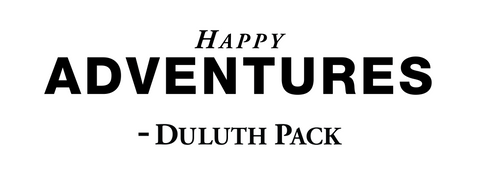Starting a fire in wet weather can be challenging, but with the proper knowledge and techniques, you can overcome the damp conditions and successfully ignite a warming blaze. Whether you’re out camping, facing an unexpected emergency, or simply want to hone your survival skills, mastering the art of starting a fire in wet weather is a valuable skill to have. In this guide, we’ll explore a variety of methods to help you kindle a fire even when the conditions are less than ideal.
- Choose Your Location Wisely
Selecting the right location is crucial when starting a fire in wet weather. Look for a spot that offers some protection from rain and wind. A natural windbreak, such as a large rock or fallen tree, can provide valuable shelter. Avoid setting up your fire near overhanging branches or dry grass that could catch fire easily.
- Gather Dry Tinder, Kindling, and Fuel
Before you start building your fire, gather a sufficient amount of dry tinder, kindling, and fuel. Dry materials are essential to getting your fire started successfully. Look for materials such as dead leaves, bark, small twigs, and pine needles that are sheltered from moisture.
- Prepare Your Fire Bed
Create a fire bed using dry rocks or logs to keep your fire off the wet ground. This will help prevent moisture from soaking into your firewood and make ignition easier. If you’re using rocks, arrange them in a circular shape to contain the fire.
- Use Fire Starters
Fire starters are incredibly helpful in wet conditions. Waterproof matches, disposable lighters, and commercially available fire starter sticks can provide a reliable ignition source even when the environment is damp. Store these in a waterproof container to ensure they stay dry.
- Feather Stick Technique
The feather stick technique involves carving thin curls of dry wood from a larger piece of wood. These curls catch fire easily and can ignite damp tinder. Use a knife to create the curls, and make sure the wood you’re carving from is as dry as possible.
- Fire Plough Method
The fire plough method involves using a dry piece of wood to create friction on a slightly damp piece of wood, generating enough heat to ignite the tinder. This method requires practice and patience, but it can be effective in wet conditions.
- Bow Drill Technique
The bow drill is a traditional fire-starting technique that uses friction to generate heat. It involves using a bow to rotate a spindle against a fireboard, creating an ember that can be transferred to your tinder bundle. This method may take time to master but can work well in wet conditions with the right materials.
- Tinder Bundles
Creating a proper tinder bundle is essential for successfully starting a fire in wet conditions. Collect an assortment of dry materials, such as fine wood shavings, dried grass, and pine needles. Form them into a loose bundle that allows air to circulate, facilitating combustion.
- Protect the Flame
Once you have a flame, protect it from wind and rain to prevent it from extinguishing. Use your body, clothing, or natural windbreaks to shield the flame while you carefully add your prepared tinder bundle and gradually larger kindling.
- Build Up the Fire Gradually
As your fire gains strength, gradually add larger pieces of fuel. Dry firewood that is not directly exposed to moisture will burn more efficiently and help sustain the fire.
Starting a fire in wet weather demands preparation, patience, and the application of various techniques. By choosing the right location, gathering dry materials, and employing reliable ignition methods, you can conquer the challenges posed by damp conditions. Remember that practice makes perfect, so experiment with different techniques and materials to find what works best for you. With time and persistence, you’ll become adept at the art of starting a fire, even in the most challenging weather conditions.
Happy adventuring, friends!

Disclaimer: Duluth Pack recommends following the USDA Forest Service for additional updates, advice, and details on the Emergency Fire Restrictions. Remember to properly follow all fire bans, if applicable.
